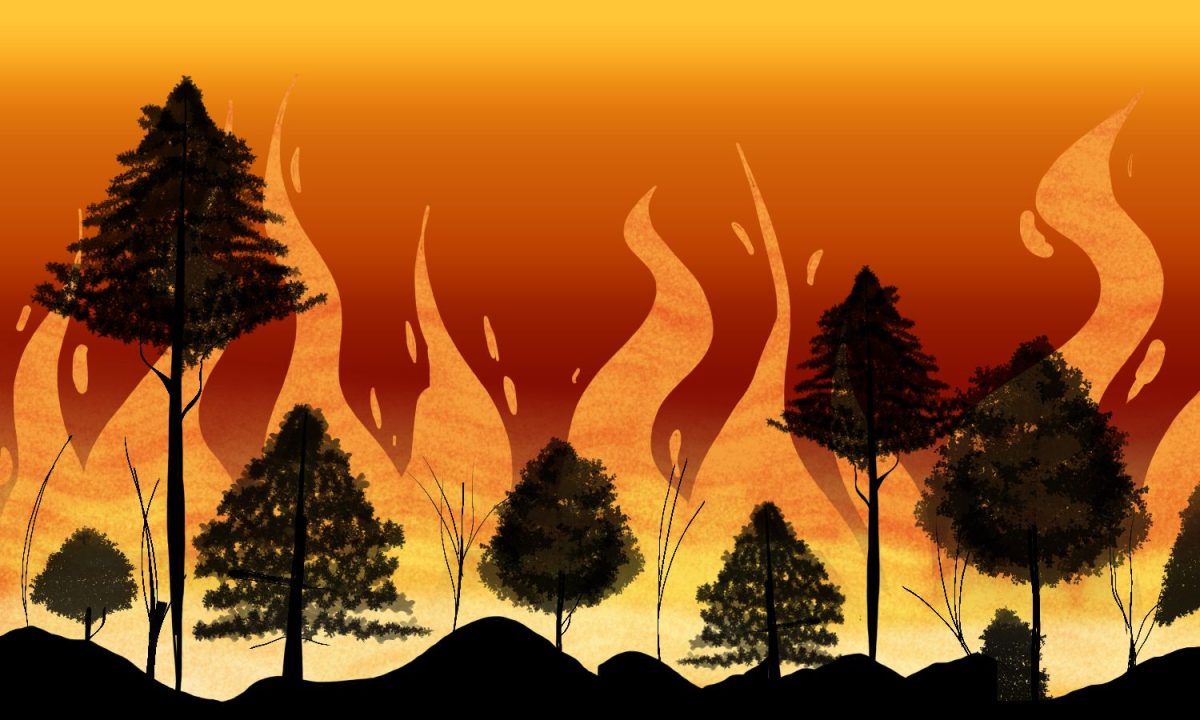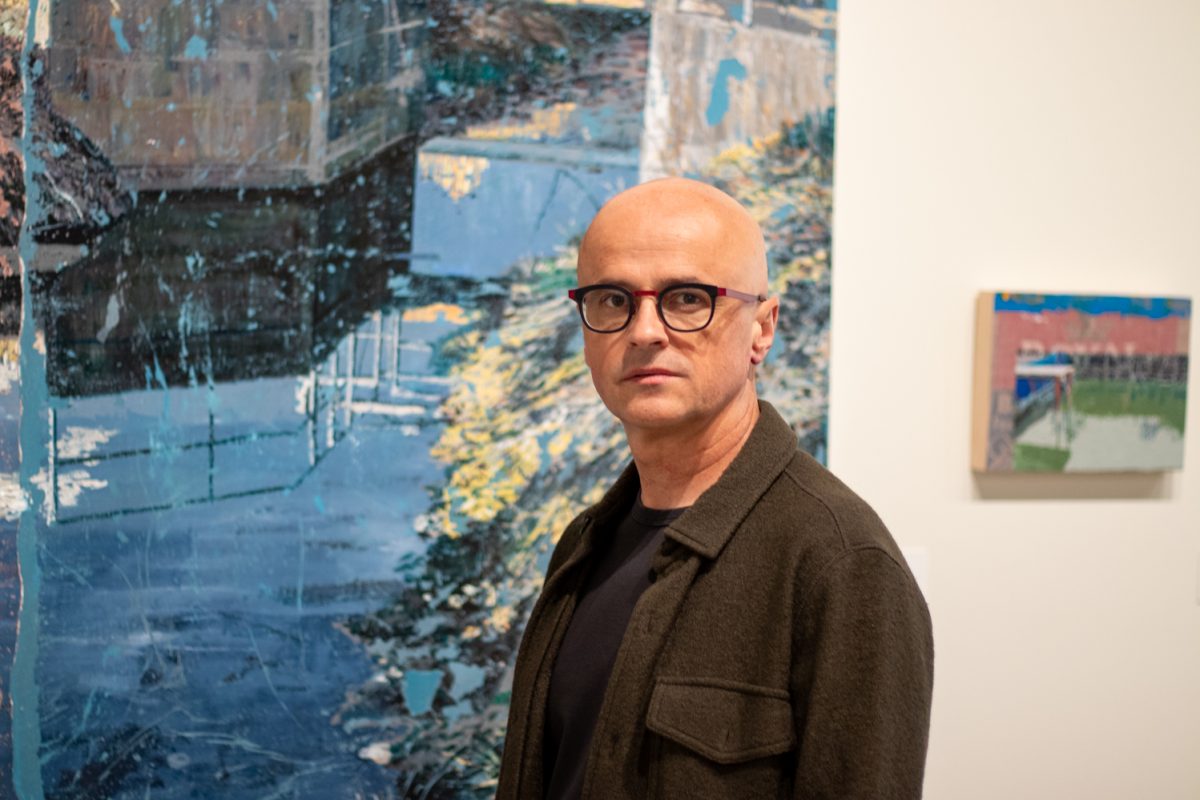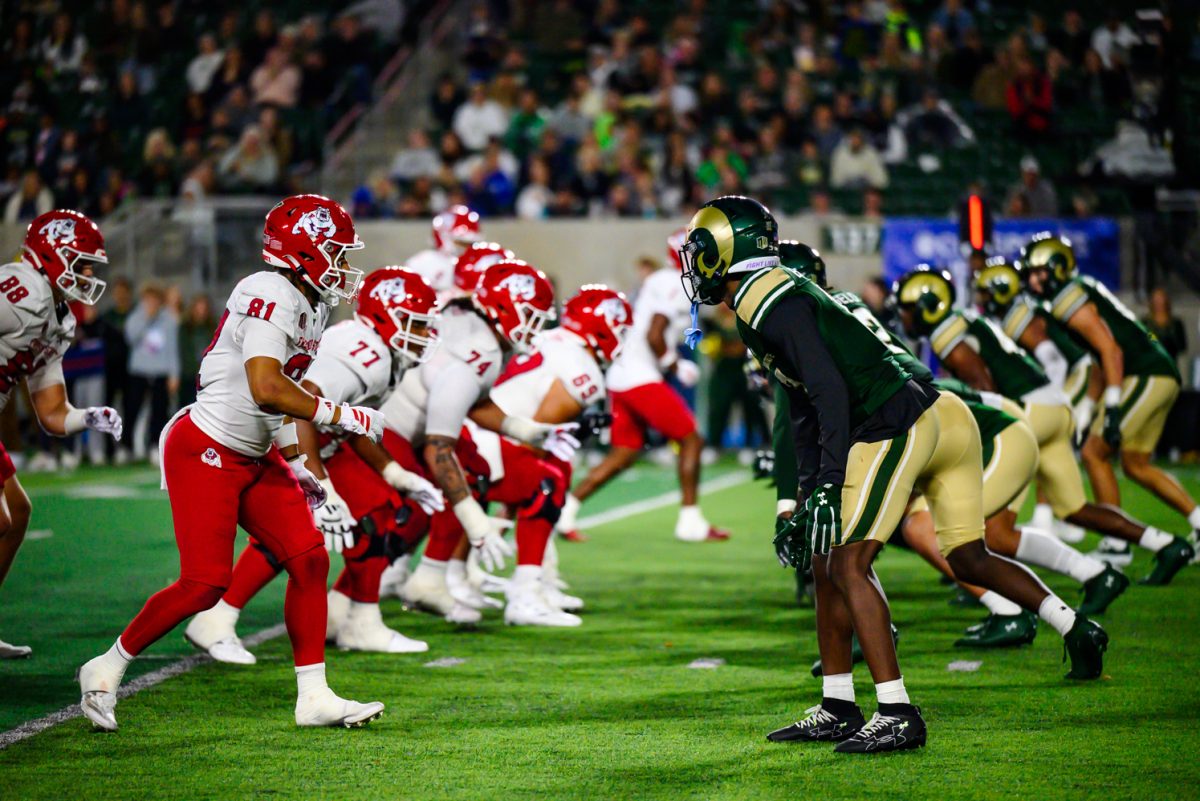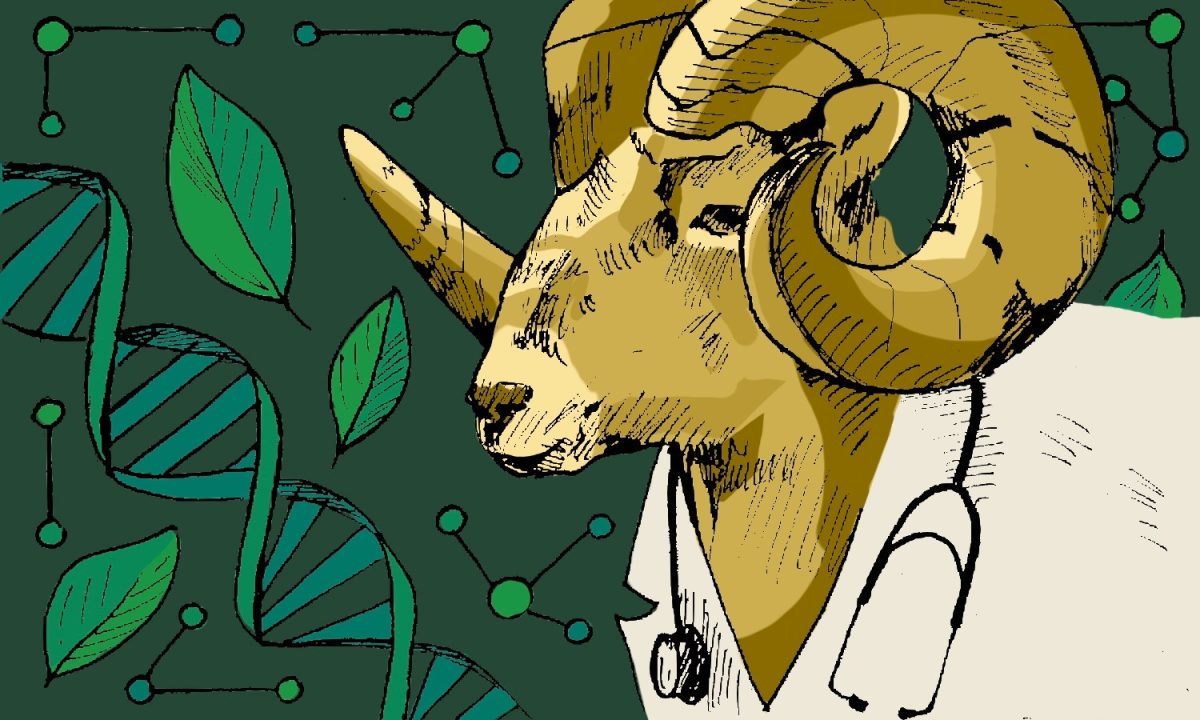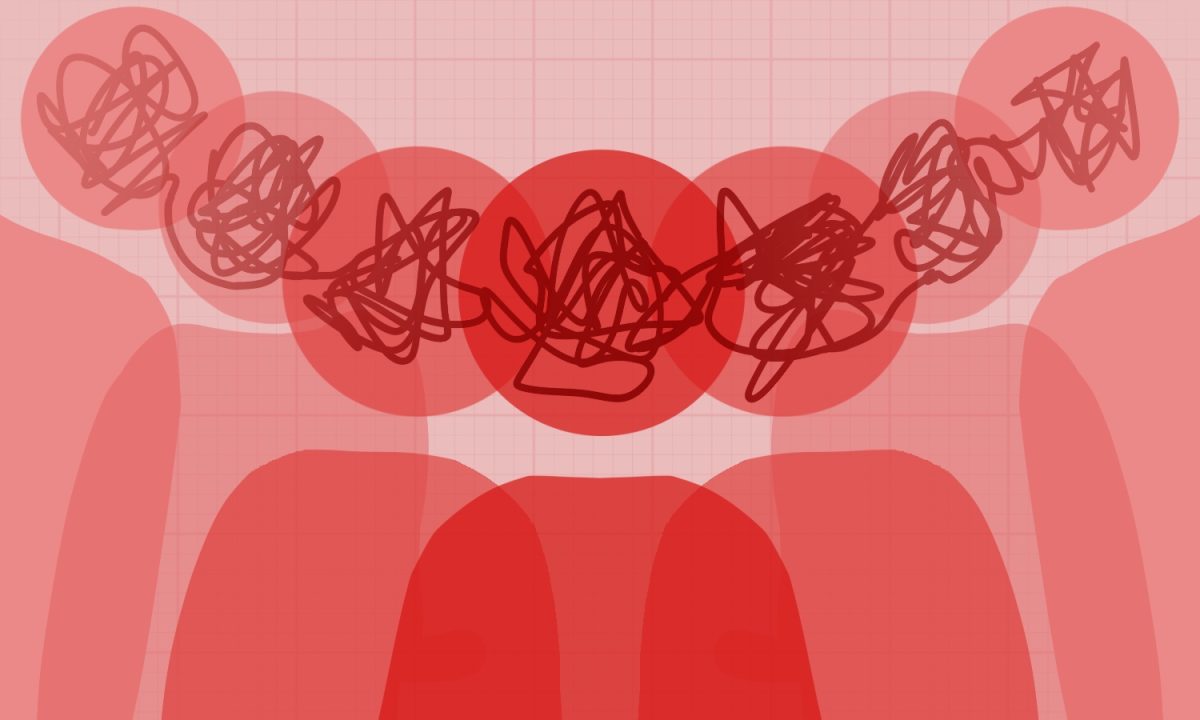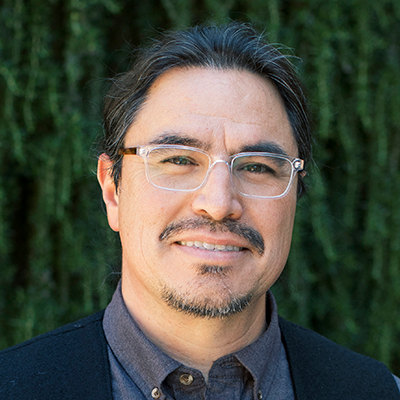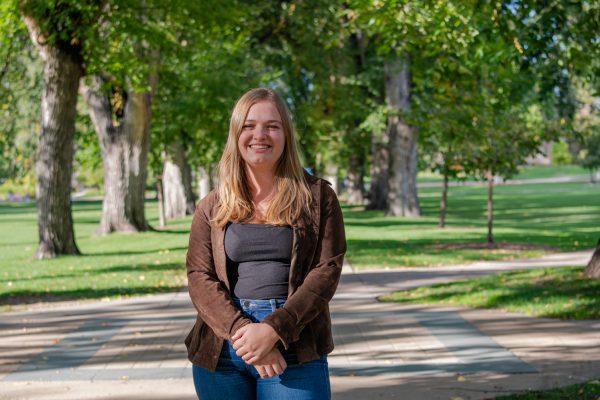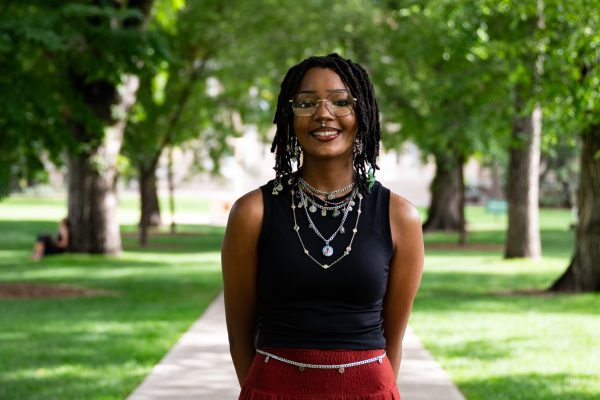Wildfires are a prevalent threat to those in the Western United States. With the Cameron Peak Fire ravaging the Front Range and the Marshall Fire hitting suburban communities, Colorado has seen the impact firsthand.
Deciding how to protect communities, who is most at risk and what resources need to be protected are some of the best preventative measures a community can take.
Statistics from the National Interagency Fire Center showed that the burn rate of acres has almost doubled within the last 20 years when compared to 40 years earlier. Factors including drought, population growth, climate change and past practices of fire suppression have all contributed to this increase.
It’s not a simple process; it is emotional and requires models that guide the conversation with facts as well as taking into account communities’ values, said Tony Cheng, director of the Colorado Forest Restoration Institute. There are several models that have been developed at Colorado State University to determine a myriad of concerns with fire.
CSU civil and environmental engineering professor Hussam Mahmoud and postdoctoral fellow Akshat Chulahwat have been developing a model to measure the vulnerability of communities to wildfire, according to a CSU SOURCE article.
This is the first model to predict how wildfires will move through a community. The model accesses points of interest and their likeliness to commute fire. The data could be looking at anything from cars to buildings and accessing the environment in which wildfires could progress.
“It’s obvious that once you ignite the house or tree, then it could ignite the one next to it, and this could ignite the one next to it and so on,” Mahmoud said. “So there’s that connectivity that had to be presented.”
Through graph theory and extensive data, Mahmoud and his team have been able to develop a highly accurate model.
When applied to the 2021 Marshall Fire in Colorado, the model exhibited 74% accuracy when predicting the buildings that would be burned and path of fire, Mahmoud said. When applied to the 2020 Glass Fire in Northern California, it showed 63.15% accuracy, according to the data published in Scientific Reports.
Mahmoud’s model may also make a difference in insurance policy. It has the potential to determine the risk of insuring a home, which has been a major factor in home insurance changes in high-risk states like California.
“Everything is connected,” Mahmoud said. “So with this model, we can protect communities, not just individual buildings.”
Models can be used to protect communities in multiple ways. Cheng and his team use models to help communities determine which resources to protect and how to protect them.
“What we’ve tried to do is work with local forest managers to make sure that model data is accurate,” Cheng said.
Cheng and the Colorado Forest Restoration Institute use data from the communities to determine how budgets can be spent to protect those resources. A major concern for most areas is water.
“We call them highly valued resources,” Cheng said. “One community may really value water. Water supplies are essential for community systems. Once those get impacted by fires, then you have a damaged or destroyed system. We want to map where those resources are and how likely those areas are to be subjected to fire.”
Models like these put CSU and the Colorado Forest Restoration Institute at the forefront of fire management. They have applications in development, insurance, conservation and protecting communities.
Reach Ivy Secrest at science@collegian.com or on Twitter @IvySecrest.



